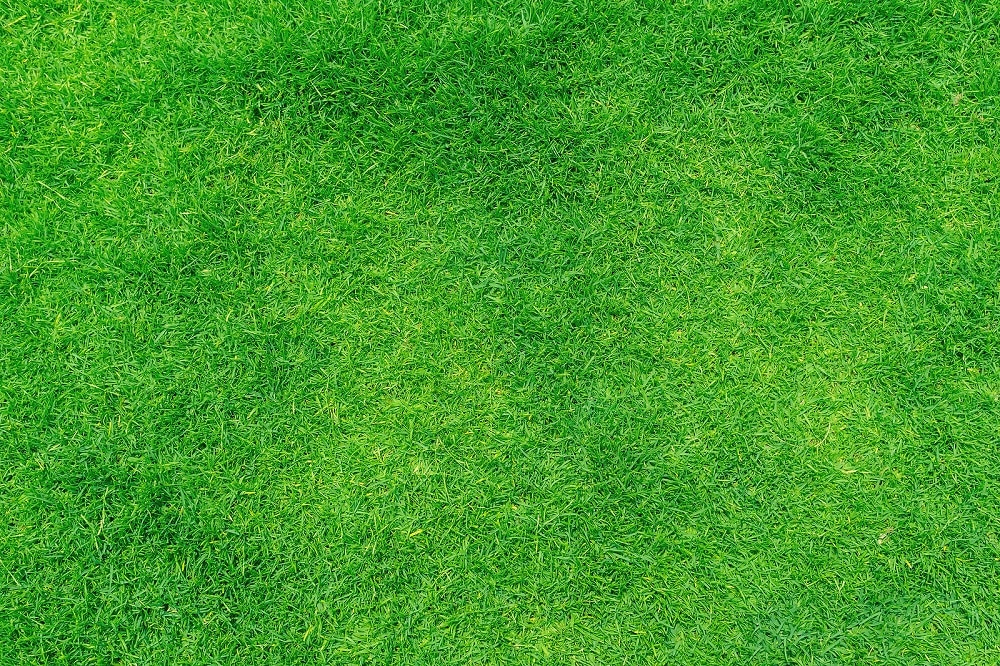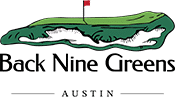What is Infill for Artificial Grass?

If you want the perks of grass with none of the maintenance, you could join millions of other people around the world and install artificial grass. It’s a common choice that can make your yard look beautiful and enjoyable. When choosing synthetic grass, there are a lot of specific decisions to make, and one of them will involve infill. But how are you supposed to choose an infill when you don’t know much about it? We’ll reveal the mysteries of infill right now, and you’ll be primed to make good, informed decisions.
What Is Infill?
Infill is the final piece of the artificial grass puzzle. After everything is perfectly installed, adding infill is the final step. It consists of a bunch of crushed material, and there are several kinds of infill (which we will discuss in detail). The infill is placed on top of the grass, and because it is made of small particles, it can slip between the grass fibers. It will sit on top of the substrate in order to do its important work.
What Does Infill Do?
Infill is designed to improve the longevity of artificial turf, and it does this by performing a few important functions.
UV Protection
The backing of the turf doubles as a weed barrier, and it holds the whole thing together. It’s a pretty important component, so it stands to reason that you want it to last as long as possible. Turf backing is durable and usually warrantied for decades, but it is susceptible to one outdoor threat that is hard to stop: UV light.
UV rays from the sun can ionize and effectively sun rot the backing. The best way to prevent this is to cover the backing with something that blocks the sunlight, and that something is infill. The crushed infill particles are going to be resistant to UV ionization, and even if they do get embrittled by the rays, it won’t matter. They will simply crush into finer pieces and continue to work just as effectively.
In this respect, infill can add years to the longevity of your grass.
Weight
Let’s oversimplify for a minute. In this context, you can think of artificial turf as one giant sheet in your yard. It’s heavy enough that it won’t completely blow away in the wind, but it is still susceptible to the forces of nature. Parts of the turf can be shifted over time, and that can lead to distortion or wrinkles in the core layer. Adding the weight of infill mitigates the impact of these forces.
There is a particular example that really clarifies the value of the infill’s weight. The turf sits outside, and it experiences every season. That means it will go from hot to cold more times than you can count, and those changes in temperature cause the turf to experience thermal contraction and expansion. The turf will literally change size because of the temperature, and as it goes back and forth, that process can produce wrinkles.
Infill puts an even distribution of weight on top of the turf. It pins down every last bit of turf, and it prevents the contraction and expansion from creating wrinkles.
Ballast
This is often considered the most important function of infill. Most experts will start and end with this explanation. Infill provides support for the grass fibers. Over time, foot traffic will create wear patterns in the turf (this happens with real grass too). The infill absorbs a lot of that wear and also props up the fibers so they don’t look wilted after years of being trampled. This function of infill is so important that commercial-grade turf — the kind used for a sporting arena — has stringent regulatory guides that determine how the infill should be installed and how it needs to perform.
Kinds of Infill
Now that you know what the infill does, you might have questions about what kind of infill you should pick. Typically, infill will be made from one of the following materials.
- Sand. This is often the cheapest and simplest infill. It blocks light very well, and it’s practically impervious to harm.
- Rubber is a little more costly as infill, but the nature of the rubber gives a soft, springy feel to the turf. This is why rubber is very popular for turf used for sports.
- Organic materials. Cork is another soft material that gives a gentle feel. When you don’t want the springy step, cork makes a good layer that does not absorb much water. That helps prevent microbial growth in the turf. Walnut shells are natural and resistant to bacteria.
- Synthetic materials are your last option. The most common is recycled plastic, which has antimicrobial properties. More expensive synthetic options can be tailored to specific purposes, and you can always ask about what is available.
Synthetic Grass Installation in Austin, TX
We’d love to share our pick for the best infill. In the Austin, TX area, we install artificial grass for residential and commercial lawns, and we do it well. Contact LawnPop with your questions. We’re ready to take your yard to the next level. Contact LawnPop online for a free estimate or call us at 512-298-0933.



